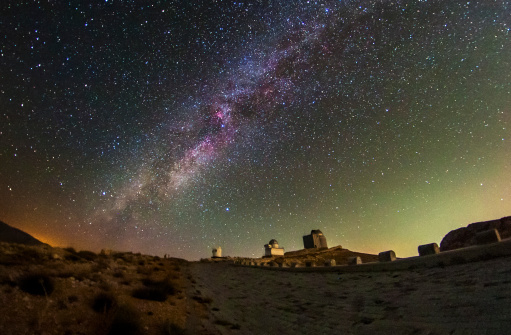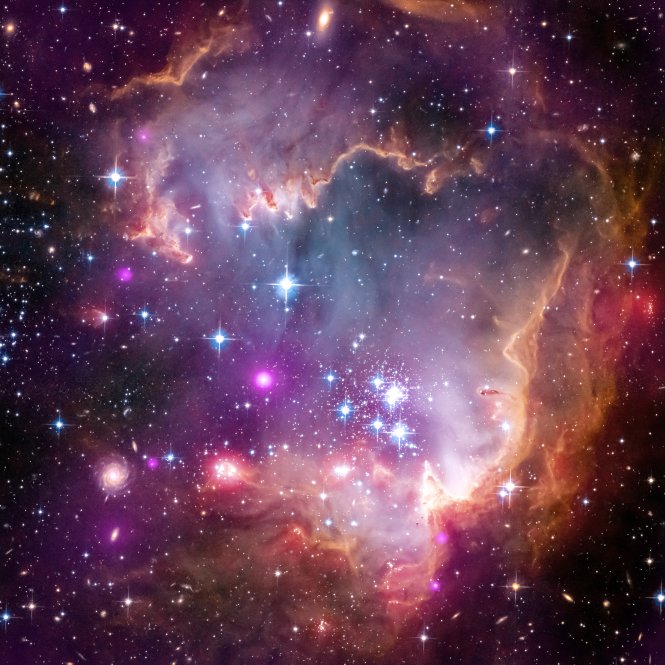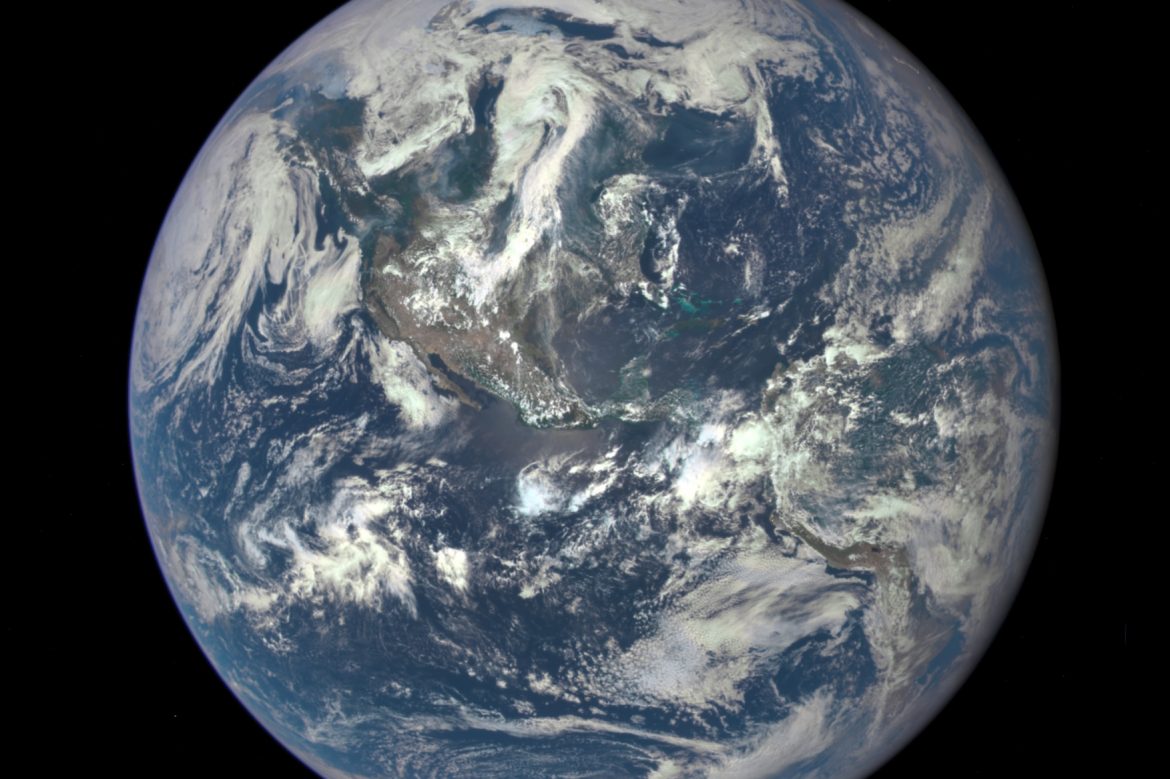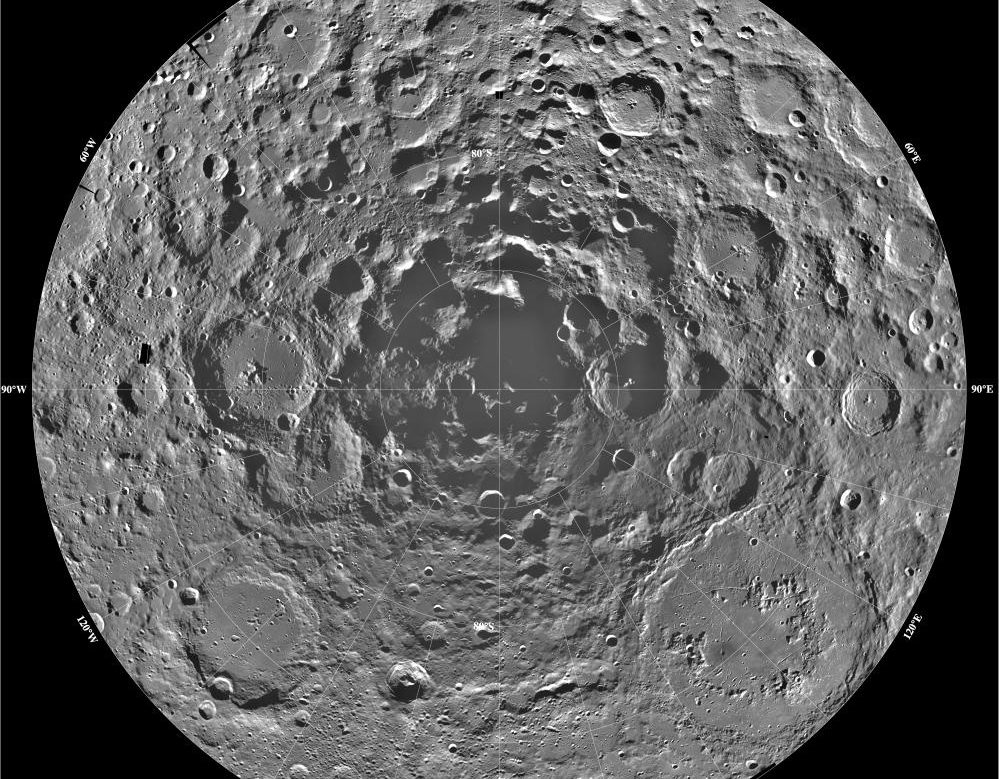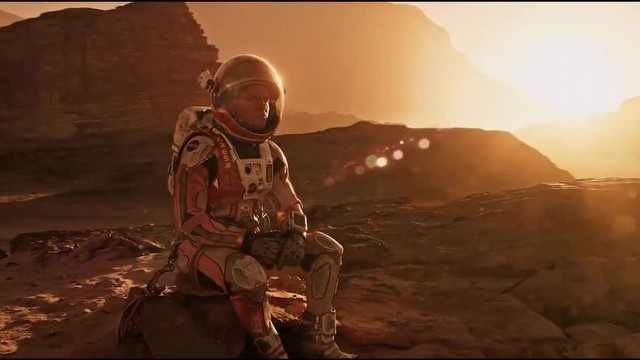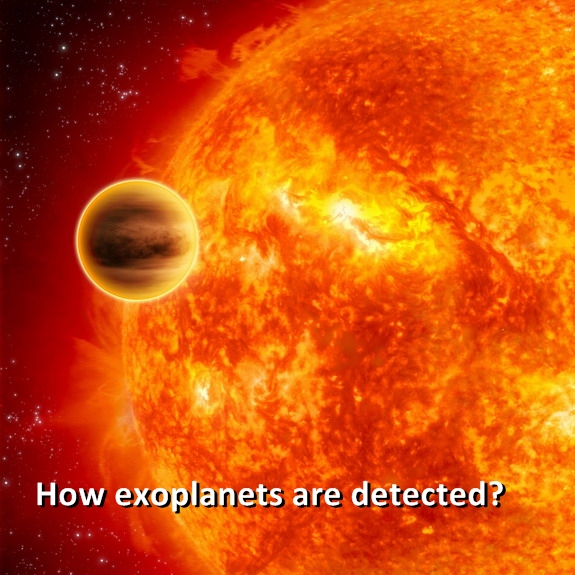Tens of Billions of Earth-like Planets in Milky Way
When the first extrasolar planet was discovered about 20 years ago, convention was that the number of these could not be high.
Too Early for Celestial Facebook Account?
“Spotless” Sun to Chill
Sunspots to dwindle to one-thousandths during 2030-2040 It’s not easy to combine the hellish fireball seen in the picture aside with the concept
Our Solar System Pictured in The Womb
Since we were not around with cameras at the time, that picture, obviously, cannot be the one above (NGC 602 star-forming region
Earth in Blue Splendor
The Earth appears in all its glory in the above image which does justice to the moniker “Beautiful Blue Planet”, sent from
Fuel Stations on the Moon
Water and Hydrogen Abundance on Lunar Poles Whet Corporate Appetites...There’s nothing like being farsighted. And by seeing far, we are talking of
How Can the Martian (really) Survive?
Technology racing against timeFirst, he has to change his stylist! Joking aside, we shall treat the matter of suits later on, but
How Do The Stars Line up?
Stars are divided into spectral classes from large to small according to their masses, and consequently, their luminosity and the characteristics (spectrum)
How The Extrasolar Planets Are Detected
We no longer harbour any doubt that we are not alone even in our own galaxy Milky Way, leave aside the whole


